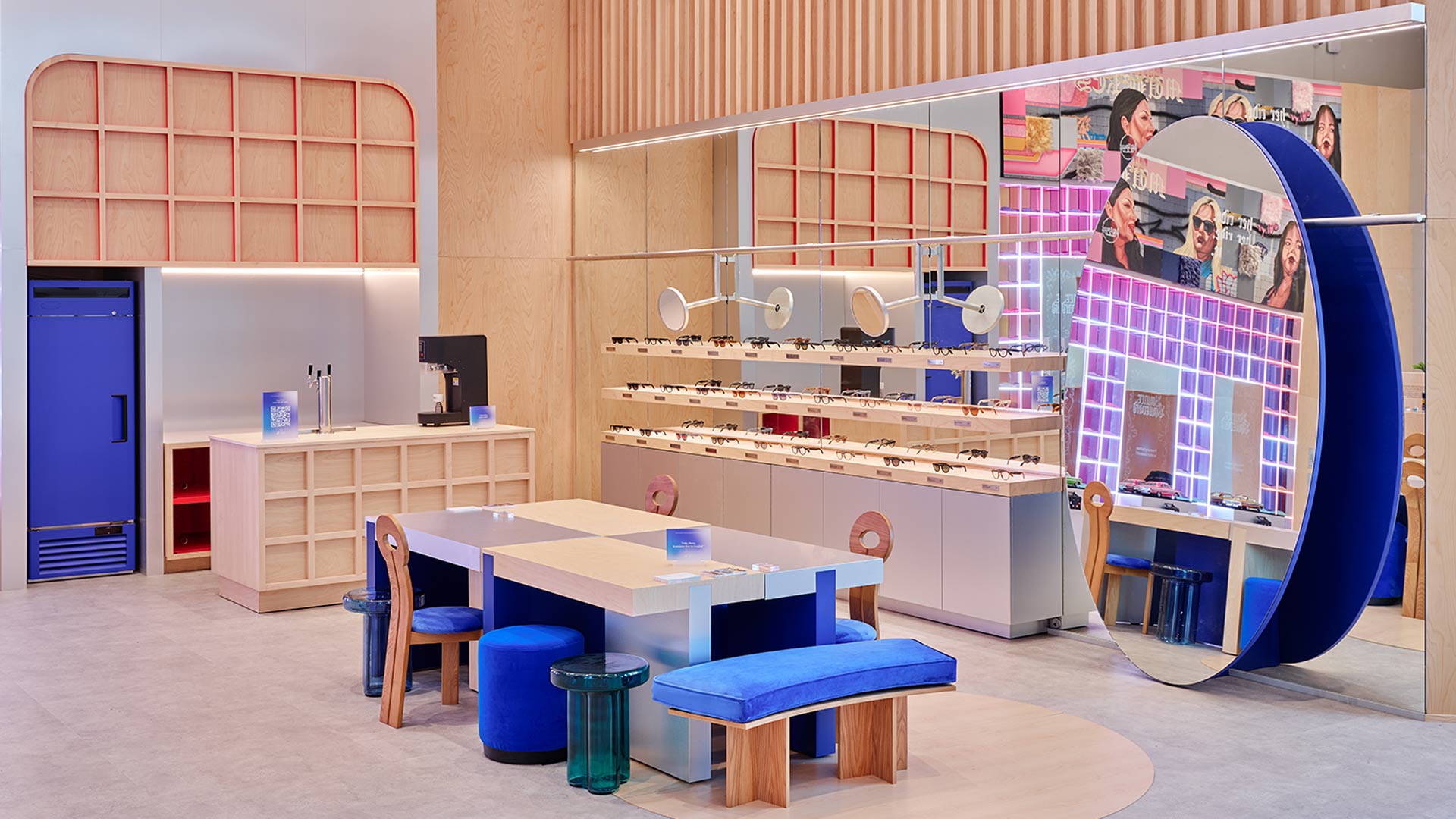Not all QLED TVs are created equal. While the term “QLED” has become commonplace in the market, not every product with the label delivers the same level of performance, safety, or picture quality. Samsung’s QLED TV lineup claims to be built on a foundation of true quantum dot technology.
We recently attended Samsung’s Southeast Asia Visual Display Seminar 2025 in Bangkok to find out what makes Samsung’s QLED different from other “QLED” contenders in the market.
Real quantum dots, real performance
Samsung’s QLED (Quantum Dot Light Emitting Diode) TVs incorporate a quantum dot film layer made of ultra-fine semiconductor particles. These particles are tens of thousands of times smaller than a human hair. When used in displays such as TVs, the quantum dots produce a colour gamut that closely matches colours perceived by the human eye.
The quantum dots also deliver uniform luminance and consistent colour from any viewing angle while minimising blue light exposure for a more comfortable viewing experience.

The result? Brighter whites, deeper blacks, and more accurate colour reproduction at any viewing angle. Samsung’s QLED TVs achieve 100% colour volume within the DCI-P3 colour space and it has been independently verified by the German certification body Verband Deutscher Elektrotechniker (VDE) back in 2017.
Unlike conventional LED TVs that may use edge-lit systems or simply apply the “QLED” label without actual quantum dot implementation, Samsung’s real QLED TVs fulfill three specific criteria:
- A dedicated quantum dot film layer for consistent colour and brightness.
- High concentrations of quantum dot material with thousands of parts per million
- Zero cadmium usage, safer for both users and the environment.
Enhancing visual experience with zero cadmium

Samsung’s QLED panels don’t just look good, they’re designed with sustainability and safety in mind.
All Samsung QLED TVs are certified cadmium-free by SGS (Société Générale de Surveillance), meeting strict EU RoHS (Restriction of Hazardous Substances) compliance standards. Samsung was also the first to patent cadmium-free quantum dot materials in 2014, commercialising them the following year and launching its first QLED TVs in 2017.
In addition to this, Samsung’s QLED TVs have also earned the Real Quantum Dot Display Certification from TÜV Rheinland, reinforcing their claim to true quantum dot performance and safety compliance. The certification verifies that Samsung’s QLED TVs meet global standards for quantum dot display structure and it reinforces the company’s technological leadership in the premium TV market.
According to Samsung, the certification acknowledges the display’s ability to deliver:
- 100% colour Volume powered by Quantum Dot technology
- Precise colour reproduction that meets industry-leading standards
- Low blue light emission, providing better eye comfort for prolonged viewing
- Long-term performance reliability for consistent picture quality
Samsung wants to define the QLED standard

Many TVs in the market carry the QLED label. But without verified quantum dot film, high material concentration, and cadmium-free assurance, they fall short of what defines a true QLED display.
Samsung’s QLED journey started with its R&D in the early 2000s, followed by a cadmium-free breakthrough in 2014, and culminating in its commercial QLED line in 2017. Its innovations in the segment are supported by over 150 patents and multiple third-party verifications.
If you’re looking for a QLED TV that checks all the required boxes for genuine quantum dot technology, including verified material use, safety compliance, and independent certification, Samsung’s approach reflects those standards.
Samsung’s QLED lineup is among the few in the industry with certifications from three independent bodies: VDE (for 100% color volume), SGS (for cadmium-free and RoHS compliance), and TÜV Rheinland (Real Quantum Dot Display certification). If you’re thinking of getting a true QLED TV, Samsung certainly ticks all the right boxes.






